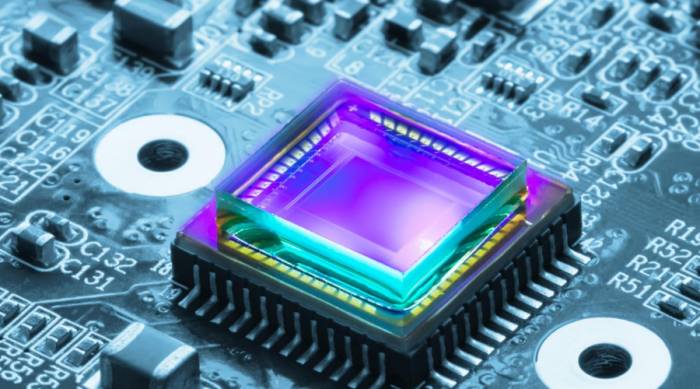As a physical device, a sensor is typically composed of sensitive elements, primarily converting the detected information into electrical signals according to a certain rule for output, to meet the requirements for information transmission, storage, display, recording, and control.
The official explanation of a sensor is that it is a detection device capable of sensing the information of the measured object, and can transform the sensed information into electrical signals or other required forms of information output according to a certain rule, to meet the requirements for information transmission, processing, storage, display, recording, and control. The characteristics of sensors include miniaturization, digitalization, intelligence, multifunctionality, systematization, and networking. The existence and development of sensors have endowed objects with senses such as touch, taste, and smell, making them gradually come to life.
Sensors first appeared in the field of industrial production, mainly used to improve production efficiency. However, with the continuous development of integrated circuits and scientific and technological information, sensors have gradually become diversified and globalized. Under this pattern, the Internet that used to belong to people has now been extended and expanded to the Internet of Everything. According to industry insiders, by 2020, the global Internet of Things business will reach trillions, which will also be the next opportunity for the communication industry.
Advertisement
Looking at the development history, the development of sensor technology has mainly gone through three eras: structural sensors, solid-state sensors, and intelligent sensors. With the introduction of sensor and MEMS combination technology, the field of sensors has become a global focus. Surveys have found that domestic sensors are mainly used in the markets of automotive electronics, communication electronics, consumer electronics (smartphones and wearable devices, etc.), and industrial production. According to the current market usage, the mainstream sensors in China are temperature sensors, pressure-sensitive sensors, photo-sensitive sensors, air pressure sensors, and gravity sensors, etc.
In the continuous development of information technology, traditional sensors that only have the ability to perceive environmental parameters can no longer meet the needs of development. Based on this background, new types of sensors such as intelligent sensors, angular velocity sensors, proximity sensors, and optical fiber sensors have gradually appeared in the market. So how are they used in the field of information?
Intelligent sensors: With the ability to collect, process, and exchange information, they are the product of the combination of sensor integration and microprocessors. They are mainly used in industrial automation and the battery systems of new types of electric vehicles.Angular Velocity Sensor: Primarily utilizing the principle of Coriolis force, it simplifies the device structure and electrical circuitry. It is mainly used in automotive navigation and situations requiring precise angle measurement.
Proximity Sensor: By employing infrared distance measurement technology, when a mobile phone user answers a call or puts the phone in a pocket, the sensor can detect whether there are any obstacles such as a face or clothing in front of the phone screen through infrared, thereby enabling the function of turning off the screen's touch control. This can prevent accidental operations.
Fiber Optic Sensor: It has the advantages of being resistant to corrosion, having minimal influence on the medium, and strong electromagnetic interference resistance. It is mainly used for testing and inspecting devices related to photocopiers and financial terminals.
Pain Points in the Development of the Sensor Industry
As sensors play an increasingly important role in industries, automotive electronics, and smart devices, countries are paying more and more attention to their development. Compared to technologically advanced countries such as the United States, Japan, and Germany, the domestic sensor industry mainly faces the following three major challenges:Firstly, there is a lack of awareness in the development of new products and products with independent intellectual property rights. Sensors have excessively high requirements for precision and sensitivity, and more than 90% of domestic high-end sensor products come from abroad. Long-term dependence on foreign countries has led to the domestic sensor industry always being "led by the nose."

Secondly, the product technical standards are unclear, and there are too few core technologies. In terms of research and development, the lack of clear technical standards results in sensors of uneven quality. On the other hand, due to the poor awareness of talent cultivation, there are too few core technologies, which leads to the phenomenon of being suppressed by the foreign market for a long time.
Thirdly, enterprises are too scattered and lack competitiveness. The phenomenon of having too many small and medium-sized enterprises and too few large enterprises in China has led to the overall strength of the domestic sensor market being too weak.
The opportunities for the sensor industry are still very large. In response to the weak domestic sensor technology, the Chinese government has also formulated a series of strategies and policies conducive to the development of the sensor industry, such as "Made in China 2025." Looking at the development trends of various enterprises, the national policy will be a strong stimulant for the development of the domestic sensor industry.
Leave a Comment